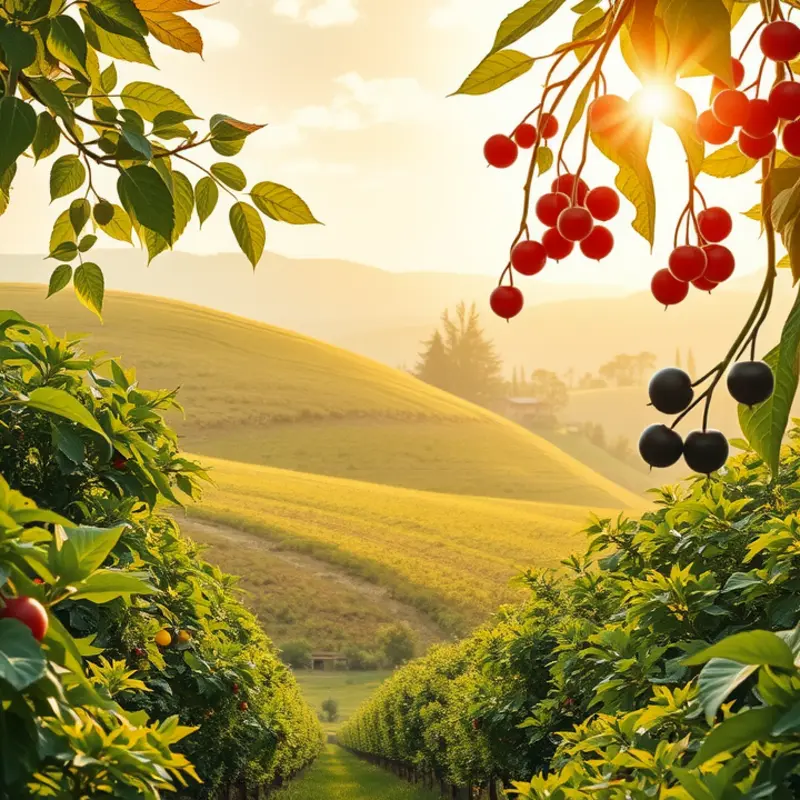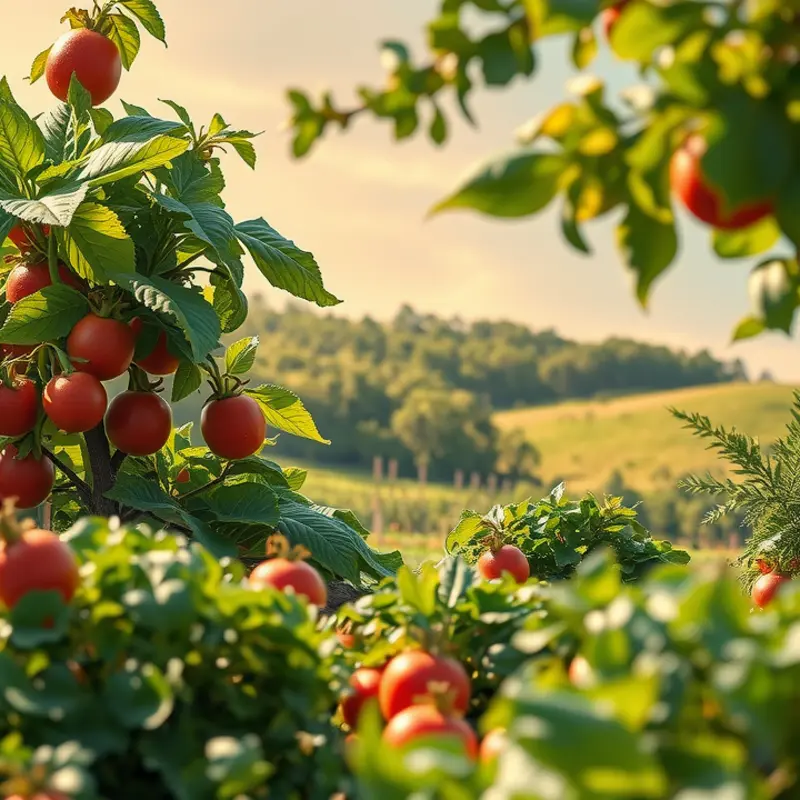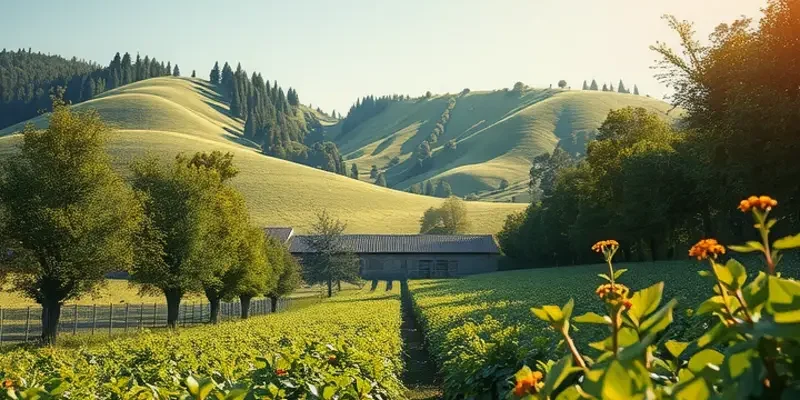Sautéing vegetables brings out their natural flavors while creating a delightful texture. Whether you’re a novice home cook or an experienced chef, refining your sautéing technique can transform your cooking routine. With a few practical tips and tricks, you can sauté vegetables faster and more efficiently while ensuring every bite is infused with goodness. Let’s dive into essential strategies that will make you a quick sautéing pro, turning fresh veggies into flavorful dishes in no time.
Prep for Speed: Knife Skills and Mise en Place

The journey to perfect sautéed vegetables starts well before they hit the pan. It’s in the thoughtful preparation and smart organization that we truly set the stage for culinary success. Effective knife skills and a meticulous mise en place are not merely about efficiency; they are about enhancing the flavor, texture, and appearance of your dishes.
First, focusing on your knife skills is crucial. Uniform chopping not only ensures even cooking but also elevates the dish’s presentation. Slices and dices should be consistent in size to allow each piece to contact the heat evenly. Start by mastering basic cuts such as julienne, dice, and chiffonade. Practicing these techniques can vastly improve how your vegetables cook and taste.
Keep your knife sharp and your cutting board steady. A sharp knife makes cleaner cuts, reducing the risk of bruising delicate vegetables like tomatoes. Keeping your fingers curled under, use your knuckles as a guide to achieve precise cuts safely. Practice these basics regularly to build speed without sacrificing precision.
Next, embrace the concept of mise en place, a French culinary principle meaning “everything in its place.” This means having all your ingredients washed, chopped, and measured out before starting the actual cooking process. Not only does this reduce stress in the kitchen, it ensures that the cooking happens seamlessly, allowing you to focus on achieving the perfect sauté.
Creating a workspace conducive to efficient cooking involves more than just setting out ingredients. Consider the layout of your kitchen. Is your cutting board strategically placed near waste disposal or compost? Are your favorite knives easily accessible? Streamlining your workspace can drastically cut down on unnecessary movements and distractions.
Now, think about storage and safety. Well-organized ingredients reduce waste and maintain freshness, which is important for maximizing flavor. If you need tips on practical storage solutions, consider exploring Eco-smart Kitchen Storage, where you’ll find sustainable solutions for keeping your cooking area efficient and green.
Ultimately, proper preparation is a blend of art and science. It’s about anticipating your moves and being ready to tackle the heat of the kitchen. By refining your knife skills and embracing mise en place, you are well on your way to mastering the art of sautéing vegetables efficiently and beautifully.
Sauté Like a Pro: Techniques and Timing

Cooking is an art form that allows personal expression and honing of skills through practice and precision. Sautéing vegetables effectively requires attention to detail, particularly regarding heat control, oil selection, and timing.
Heat Control: When beginning to sauté, heat your pan properly before adding any ingredients. A common mistake is adding vegetables to a cold pan. This results in uneven cooking and poor texture. Start with medium-high heat to ensure the oil reaches the proper temperature, allowing the vegetables to gain a nice sear, which helps to lock in flavors.
Selecting the Right Oils: Oils with high smoke points, such as grapeseed, avocado, or sunflower, are excellent for sautéing. These oils withstand higher temperatures and impart a subtle taste that enhances the dish. Avoid oils with low smoke points, like extra virgin olive oil, which can burn and release unwanted flavors.
Mastering Timing for Different Vegetables: Timing is key in achieving the best texture and flavor from your vegetables. Denser vegetables like carrots and parsnips should be cut smaller or started earlier in the cooking process. Softer vegetables like leafy greens and mushrooms cook quickly and should be added later to prevent overcooking. Organizing your prep work by vegetable density and cooking time ensures that everything hits the perfect tenderness simultaneously.
Flavor Layering and Timing: Building flavors while sautéing can elevate your dish from simple to sumptuous. Start with aromatics, such as garlic and onion, to create a flavor base. Allow them to cook until fragrant but not browned to avoid bitterness. Add spices early if you want to infuse your oil with their aroma, or later for a more distinct taste. To see how you can enhance flavor without salt, explore flavor boosters without salt.
Avoiding Overcooking: Each ingredient in your sauté contributes to the texture and overall experience of your dish. Overcooking not only diminishes nutrient content but also affects flavor and texture negatively. To avoid this, maintain a keen eye on each element and be ready to remove or reduce heat as needed.
With these techniques, you’ll be able to sauté vegetables like a seasoned chef. You’ll find that the right mix of heat, oil, and timing unlocks flavors and textures that elevate any dish. Practice these methods consistently, and you’ll enhance not just your meals but your cooking confidence as well.
Final words
Sautéing vegetables quickly and effectively requires a blend of preparation and technique. Mastering knife skills and organizing your workspace lays the groundwork for success. With practice, controlling cooking times and employing the right methods for each vegetable will have you crafting delicious dishes in no time. Remember to experiment with flavors and enjoy the process of cooking. Your journey towards becoming a proficient sauté chef can lead to endless culinary delights, nourishing both body and soul.







